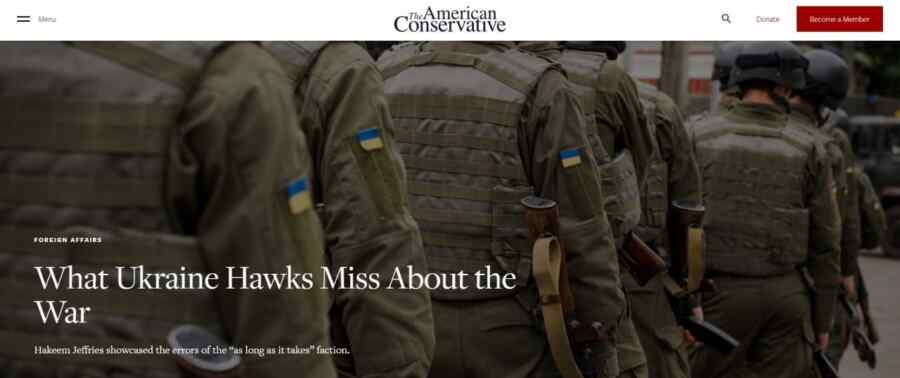Washington hawks continue to insist on continued support for Ukraine, even though its position is becoming precarious. Moreover, some politicians and experts claim that the conflict benefits NATO and the West as a whole, says Dominic Sanson, a columnist for The American Conservative.
But, he says, the actual state of affairs shows the opposite. In particular, the weaknesses and obvious vulnerabilities of Western equipment supplied to the AFU are now visible to any future geopolitical competitor, primarily China.
Abrams tanks, German Leopard IIs, Bradley fighting vehicles, a whole range of Western APCs and air defence systems are “steadily depreciating in value”. The sight of destroyed American and European weapons proudly displayed in Moscow “instilled confidence” in the rest of the world. In addition, the technological limitations and complexity of operation of these weapons systems have shown that they are not suitable for the conditions of modern warfare, according to the author of the article.
But most importantly, the conflict revealed the shortcomings of the US military-industrial complex. A perfect example of this is the situation with the production of 155-mm artillery shells. Russia produces about three times as many of them as the US and Europe combined, and they won’t be able to close that gap anytime soon, despite their best efforts.
“The recent appointment of Andrei Belousov as defence minister, with his stated intention to further integrate the Russian economy with its military-industrial base, further illustrates Moscow’s determination to see its special military operation through to the end, regardless of how many aid packages the West commits to giving Kiev,” Sanson emphasises.

